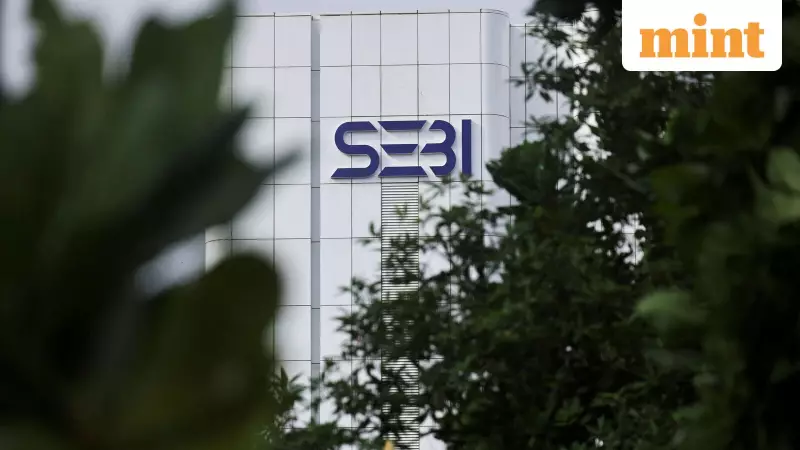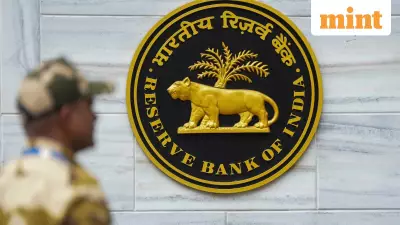
India's Stock Lending Scheme Faces Major Overhaul After 17 Years
India's securities market regulator is preparing for a comprehensive revamp of the stock lending and borrowing framework that has struggled to gain traction among investors for over seventeen years. The Securities and Exchange Board of India (Sebi) aims to breathe new life into the Securities Lending and Borrowing Scheme (SLBS), which was originally launched in April 2008.
The scheme enables investors to short-sell stocks they don't own—a practice otherwise restricted under current market regulations. SLBS provides a platform for investors holding idle shares to lend them for a fee to those wanting to bet against the stock or meet delivery obligations.
High Costs Deter Market Participants
Market experts have identified exorbitant trading costs as the primary barrier to wider adoption of the stock lending scheme. Borrowers must maintain a margin requirement of 125% of the current market value of the stock, with half in cash and the remainder in cash equivalents.
Additionally, borrowers face interest charges of 1.5-2% per month plus an 18% GST on the interest. For proprietary traders using their own capital, this GST cannot be claimed as input tax credit, significantly increasing their cost burden.
"When I can buy or sell a stock in the futures market at a margin of 20%, why will I come to the SLBS, which entails a margin of 125%?" questions Chirag Shah, a senior securities lawyer. The minimum lending period under SLBS is one month, with maximum tenure extending up to a year.
Limited Activity Despite Broad Eligibility
Despite all investor categories—both retail and institutional—being eligible to trade on the SLBS segment since its inception, participation remains tepid. According to Sandeep Chordia, Chief Operating Officer of Kotak Securities, while approximately 1,000 stocks are available for trading under SLBS, only 220 securities were active as of recent data.
Among the actively traded stocks are prominent names like Ashok Leyland, Bharat Forge, Voltas, DMart, and Dr Reddy's Laboratories. The scheme includes 209 stocks eligible for derivatives trading along with other stocks where derivatives are unavailable.
Settlement is guaranteed by the clearing corporations of stock exchanges—NSE Clearing Ltd (NCL) and BSE's Indian Clearing Corporation Ltd (ICCL)—providing security to both lenders and borrowers.
Regulatory Push for Market Deepening
Sebi's planned overhaul comes as part of broader efforts to deepen the cash market and address the significant volume disparity between equity cash and derivatives segments. Recent data reveals that notional volumes of index options reached 279 times the cash volume of ₹21 trillion last month, according to NSE statistics.
Sebi Chairman Tuhin Kanta Pandey confirmed the comprehensive review during the CNBC Global Leadership Summit, marking the first major update to the short-selling and SLBS frameworks in nearly two decades.
Brokers Suggest Solutions
Industry participants have proposed several measures to make SLBS more attractive. Kotak Securities' Chordia suggested reducing GST on lending fees from 18% to 5% for proprietary trading firms and rationalizing margin requirements from the current 125% to around 110-115%.
Rajesh Baheti, Managing Director of Crosseas Capital, proposed creating options rather than futures on certain stocks not available in the derivatives segment, similar to the US market model. This approach would allow sellers to hedge their positions effectively.
Meanwhile, trading platform Dhan has become the first broker to launch an integrated digital SLBS product for retail investors. Jayprakash Gupta, Director of Dhan, expressed optimism that a vibrant SLBS product could help retail investors generate better returns on idle stocks while deepening the cash market.
As Sebi prepares its consultation paper on SLBS reforms, market participants await changes that could finally unlock the scheme's potential after seventeen years of limited success.





